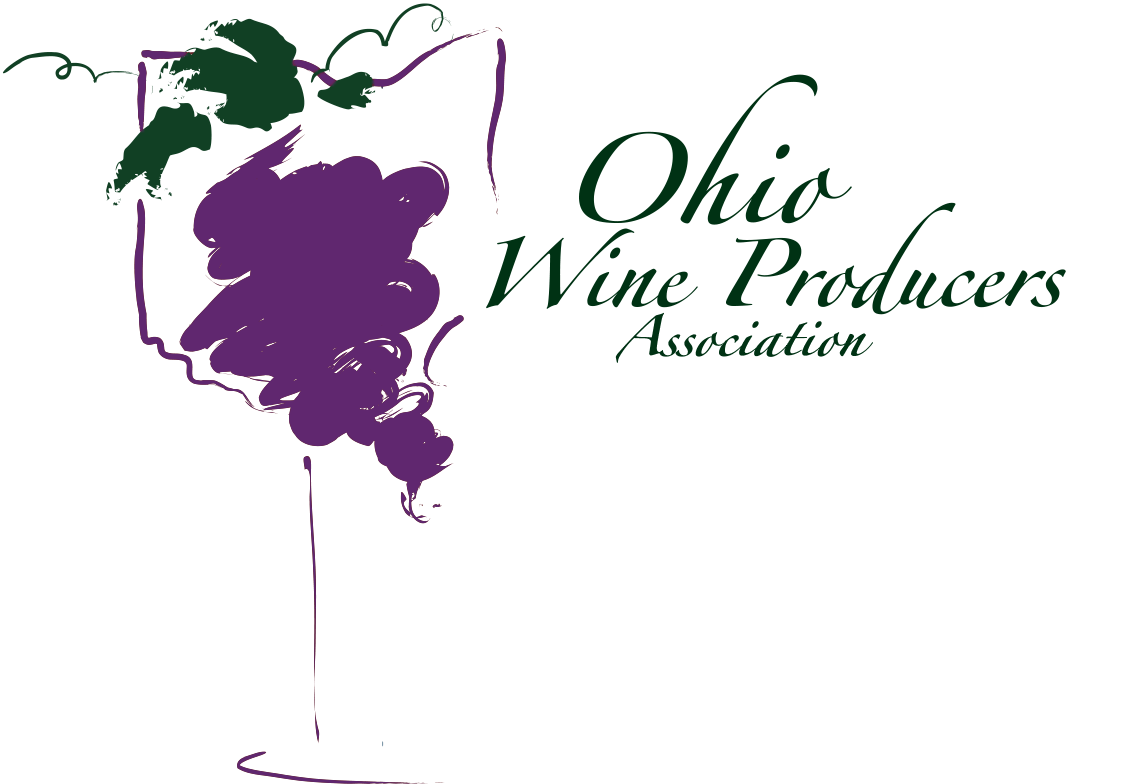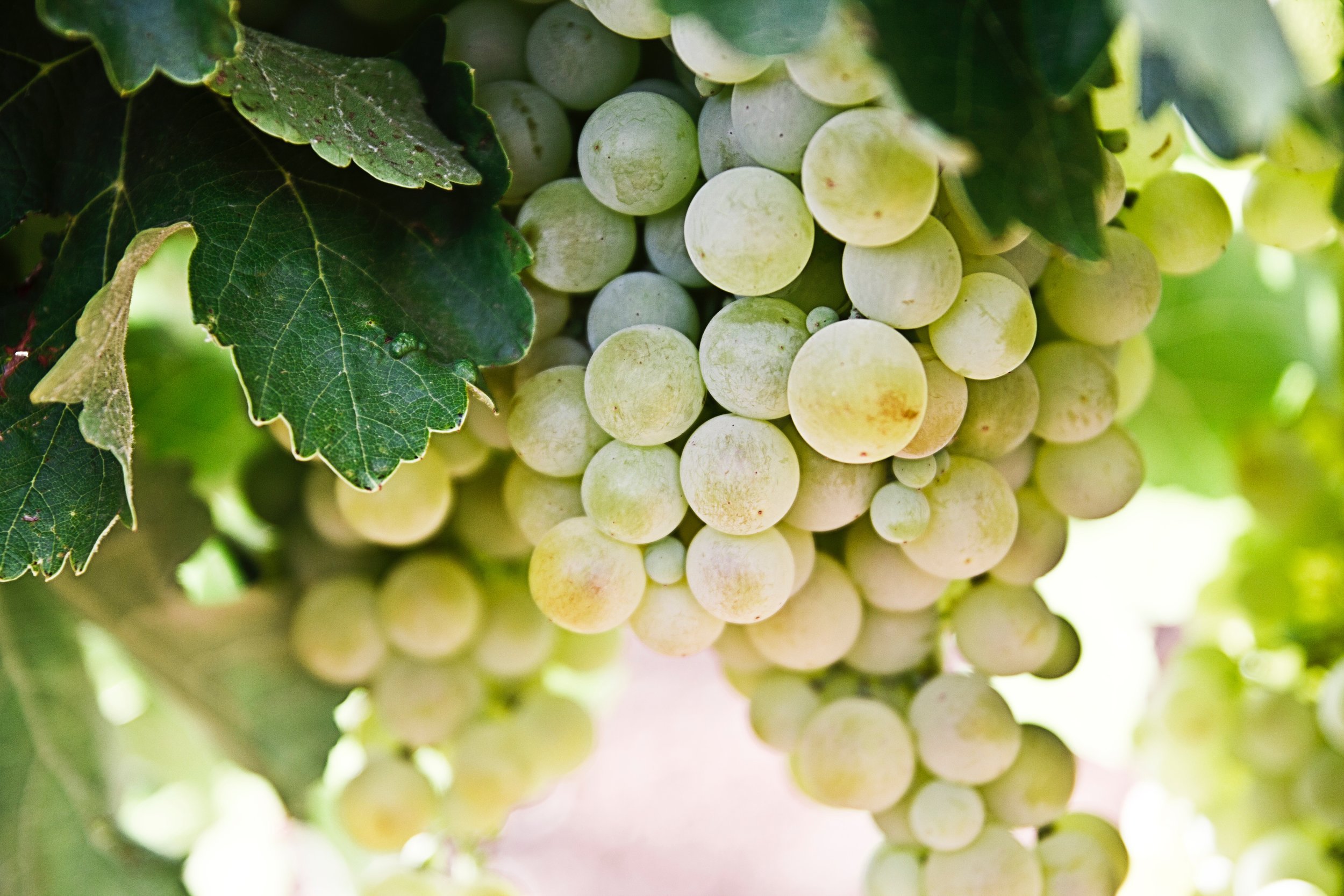A look back…and forward
While the future of our regional industry likely will be in vinifera [Chardonnay, Riesling] and hybrid [Vidal, Chambourcin] grapes, Concords have served this community’s growers well for many decades. And some local favorite wines are still based on this and other labrusca varieties like Catawba, Niagara and Delaware.
So, in this hot summer season, as the grapes in our vineyards begin veraison [turning color] and thousands of tourists flock to our many wineries, here is a tip of the hat to the grape that brought us to the party…….
The man recognized as the father of the Concord grape variety is Ephriam Wales Bull was born in Concord, Massachusetts in 1805. As the story goes, Bull, a scientist of some renown in 1840’s, took seeds from wild grapes neighbor boys brought up from vines growing on the river bed adjacent to his family farm. He planted them and by the end of the decade, had fruit from one of the seedlings. He called the vine ‘Concord.’ It was sold to local gardeners in the 1850’s and taken to Missouri by a George Housmann during that same era. Other vines ere planed in Chautauqua County, New York shortly thereafter.
Concord was very popular with farmers because it was hardy under so many circumstances: neither the harsh winters of the northeast, nor the clay soils around the Great Lakes nor the hot summers in Missouri negatively impacted the ultimate fruit. It proved to be generally disease resistant in an era before modern chemical controls. It did have a tough ‘slip skin’ and deteriorated quickly over long distance shipments, but when handled locally by juice processers and wine makers, it became the foundation of a thriving industry.
The irony of the Concord story is that as a foundation fruit in the early to mid 1900’s it proved is value: growers of that era could make money growing and selling it. Long term contracts with companies like Welch supported farm families for several generations. Returning World War II veterans played an important part in its success. The Department of Defense had served purple grape juice, with its many healthy attributes, to American soldiers throughout the conflict. Many who served in the European Theater were additionally exposed to the Continent’s wines. Those returnees developed both a taste for the actual juice and an interest in wines generally . In the 1950’s the Concord based ‘Cold Duck’ proved to be a bubbly sensation. Sales were great and fruit prices were strong. But it was not to last.
The conundrum was though, that once ‘high’ prices were established, they virtually never grew. In 1950, the average ton of Concord sold for $250 dollars. Today, that same ton for juice production sells for $250. And at times in the 1985‘s the price actually dropped to below $100. A contemporary grower cannot afford to produce fruit at that price, even if his vineyards are growing on mortgage-free property.
The dilemma for our present wine community is that these Concords, which once provided a good family farm income, are planted on the ‘best’ frost-free and quality soils sites. And it is critical that those sites now be replanted to the more profitable and desirable Rieslings and Vidals.
The wine business is one based on generational planning. If our kids and grandkids are to stay in this business, we must make sure that the foundation provided by our Concord-growing parents is preserved for the viniferas and hybrids of their future.
For additional information: dwinchell@OhioWines.org
About the author:
Donniella Winchell, Executive Director of the Ohio Wine Producers Association...


